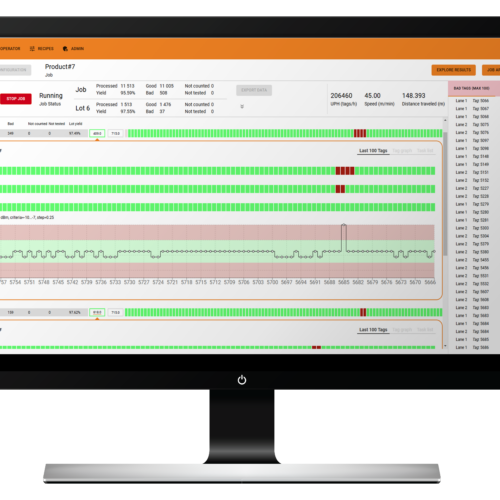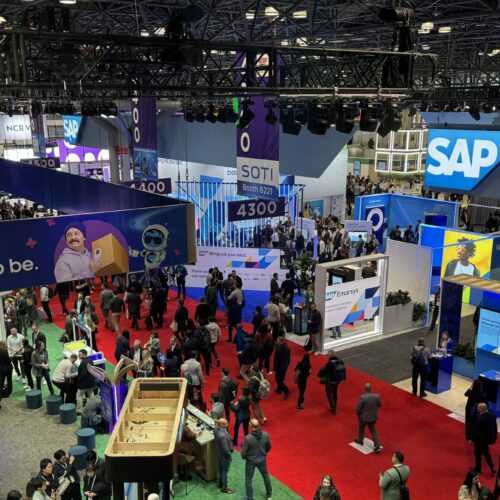I have been going to the biggest RFID shows for 12 years now. In 2007, it was RFID World in Grapevine, TX. And for the last ten years, it has been RFID Journal Live!. Once again, I flew to Orlando to find out what is new and exciting in RFID. And I have to conclude that not much. Which is pretty much what I also said last year.
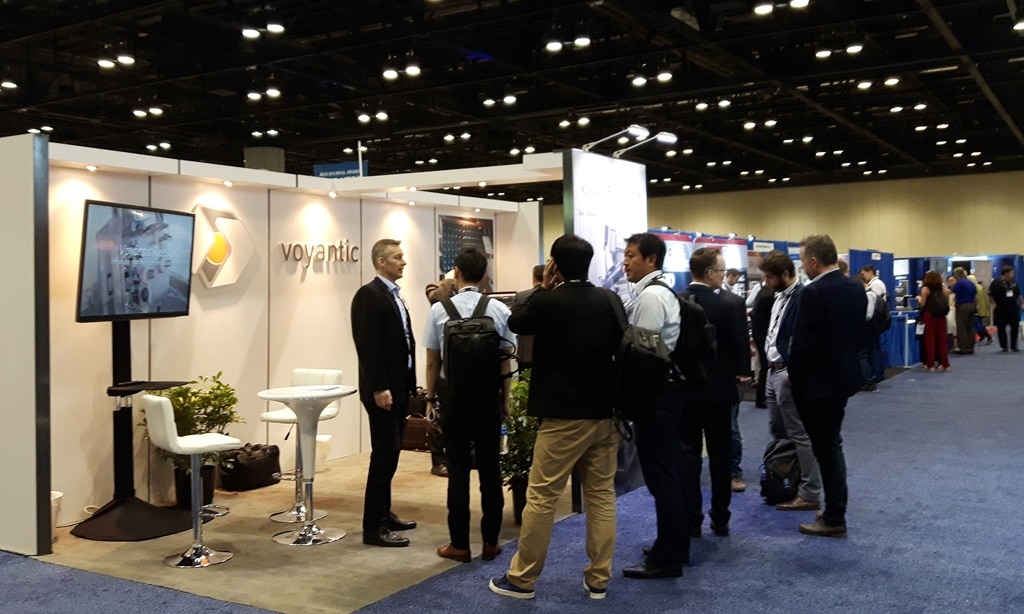
RAIN RFID Industry Maturity
But while nothing new might be bad for RFID Journal Live!, it is not necessarily bad for the RFID industry. It may be just a sign of maturing. The development of an industry is often described with the industry maturity S-curve, which could look something like the one below for RAIN RFID. All the market data suggests that the RAIN RFID market is growing fast, so I would assume that we are currently in the growth stage.
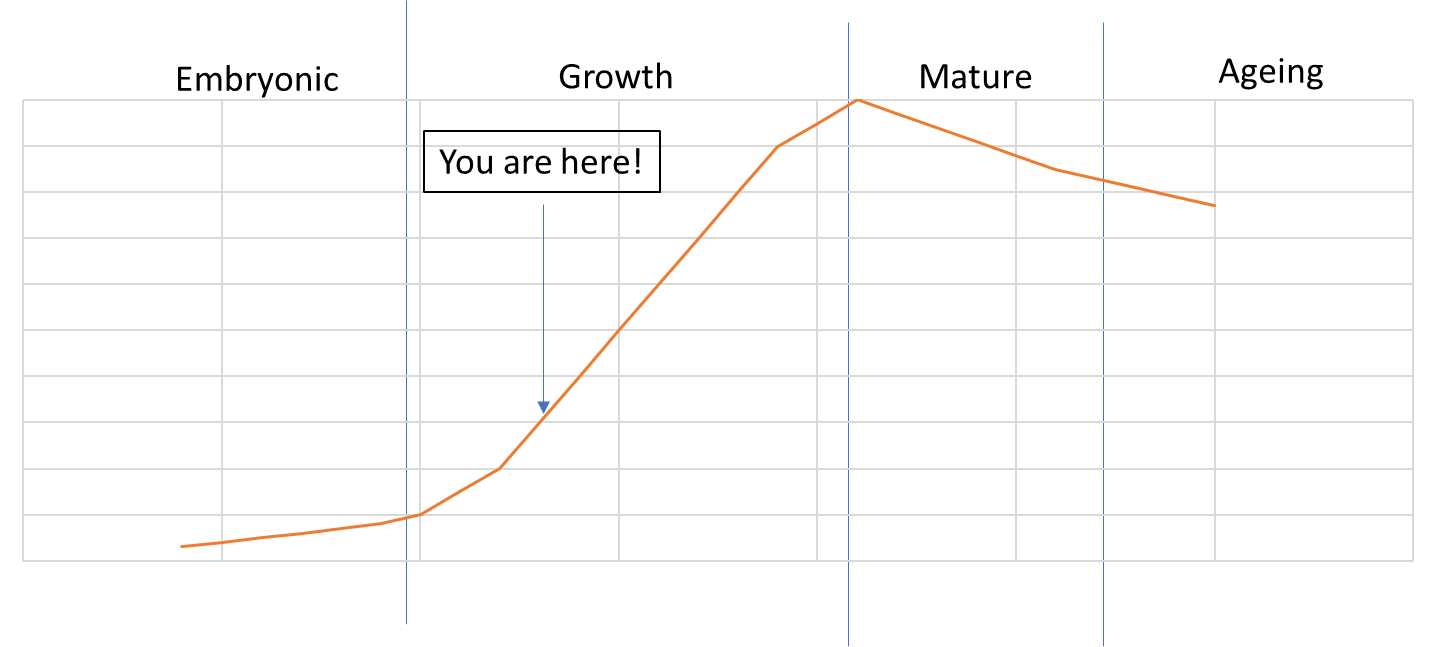
What is typical of the growth stage, compared to the earlier embryonic stage, is that the industry is more focused on process innovation than on product innovation. As a result, we are not really seeing new game-changing products. Rather the technology companies are working hard in producing the existing ones more efficiently, which should eventually lead to lower costs which further supports market growth. And there were some signs of that at the show. First of all, many technology providers were talking about growing volumes, and investing in manufacturing equipment. And on the supply side, BW Papersystems launched a new chip bonding machine that could improve manufacturing capacity.
We are seeing the same trend at Voyantic as well. While at the beginning of the decade, technology providers were in the need of tools for designing tags, the focus has shifted into production testing equipment. And Voyantic’s latest launch of the Reelsurance Pro for RAIN RFID and NFC testing and encoding follows the same trend, improving the efficiency of the manufacturing process.
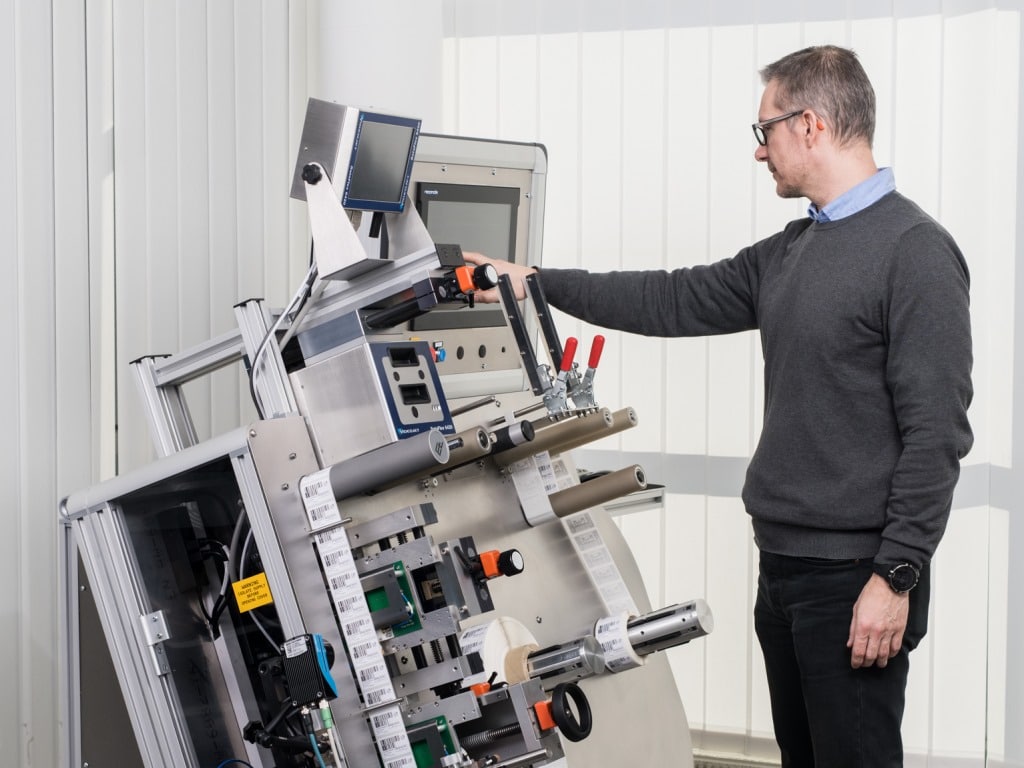
But There Was Something New After All
Even if we are further along the maturity curve with most RFID technologies, new S-curves will continue to arise. Secure RAIN RFID according Gen2V2 is evolving, and EM Microelectronic has launched new ICs that present a significant advancement in that field. I feel this market is still in the embryonic stage, and there is a lot to do in building up the market.
But above all, what surprised me was that Bluetooth Low Energy (BLE) has made its way into the product portfolios of many traditional RFID tag manufacturers. And to top it off, HID Global even won the Best New Product Award with its Bluetooth sensor beacon. I guess it is a matter of opinion, whether you want to call BLE RFID. But it is definitely a related technology. Maybe we need to stop positioning the different technologies against each other and accepting that we need different technologies for different applications – all providing a gateway to the Internet of Things.
All blog posts

